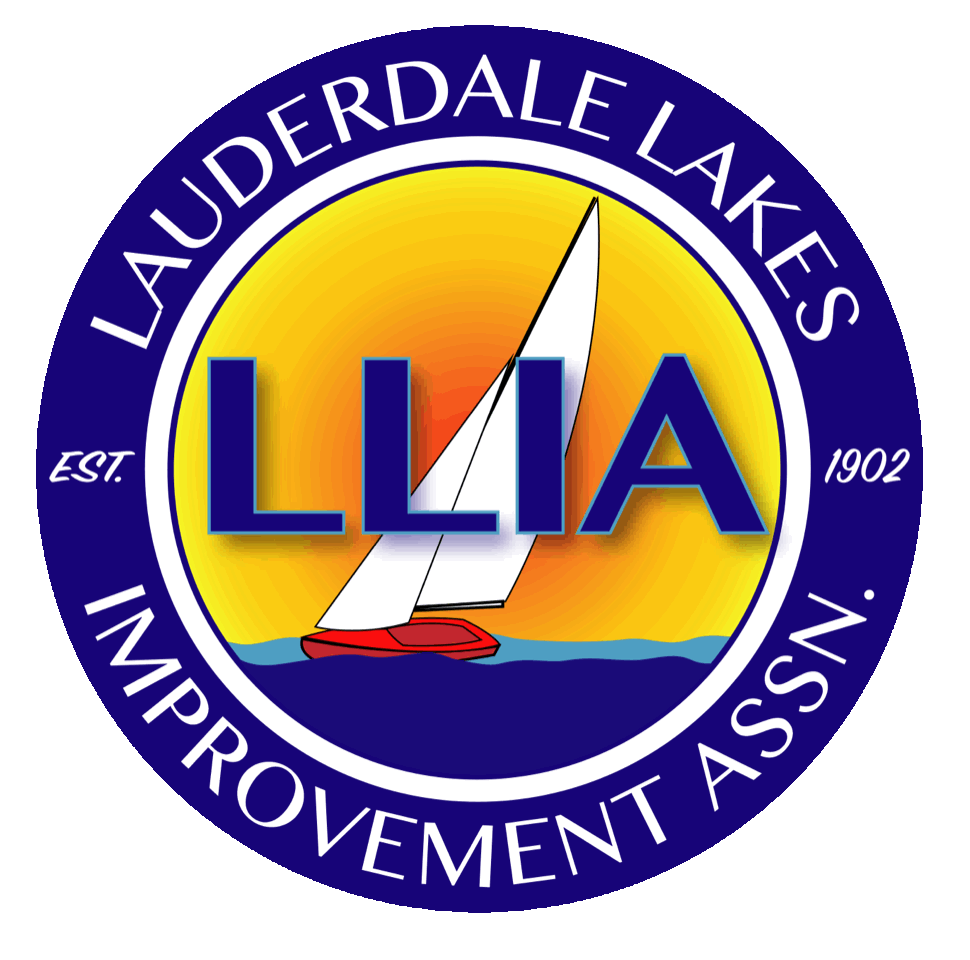Purple Loosestrife
DNR Aquatic Plant Chemical Treatment Permit (Click to open PDF)
Purple Loosestrife: The pretty but invasive plant
What is Purple Loosestrife? Purple Loosestrife is a non-native plant with pretty purple flowers, which was introduced by gardeners, and has escaped into the North American ecosystem. It blooms with tall spikes in late summer. It is a perennial plant which colonizes wetlands and forms a woody stem base.
Why is it bad? This plant is classified an invasive weed by the Wisconsin DNR because it produces dense stands that choke out native plants in a wetland, reducing plant diversity and reducing their value for wildlife habitat. Many species of plants, birds, mammals, reptiles, insects, fish and amphibians rely on healthy wetland habitat for their survival.
When purple loosestrife becomes entrenched, the habitat where fish and wildlife feed, seek shelter, reproduce and rear young, quickly becomes choked under a sea of purple flowers.
History of this plant in Lauderdale Lakes: It has been detected and removed from wetland areas of the lake watershed, typically along the shorelines and wetlands such as the KMLT Island Woods Marsh or the LLLMD Golf Course Wetlands. It has also been growing on the mud flat located in Don Jean Bay for many years!
How to identify Purple Loosestrife? As shown in the photo, the 2-4 foot high plant produces multiple ½ to ¾ inch purple flowers along a spike or spikes with 5 or 6 pedals. Each petal has a dark purple line that runs down the center of the petal towards its base. It has lance shaped leaves, typically opposite, that clasp the stem, which is hairy. The attached page from the Wisconsin DNR field guide provides additional photos and identification information.
Treatment Options:
The LLIA plans to treat the Purple Loosestrife located on the Don Jean Mud flats through a combination of hand pulling and applying Rodeo herbicide to kill the root system of the established plants. This will be an annual task for the LLIA due to the existing seed bed.
The Golf Course wetland areas are managed by the Lake Management District.
The Island Woods Marsh shoreline is managed by KMLT.
What to do if you locate some Purple Loosestrife growing in the Lauderdale Lakes watershed? Report the location of your observation to the LLIA. You can pull individual plants, if they have not developed a woody base and you do not see any seed spikes from previous year growth. Be careful to remove all the root system of the plant, as it can regenerate from even small amounts of root left in the soil. LLIA will treat colonies of growth you report. The LLLMD weed cutting crew will also be trained to spot this invasive plant, as they visit most areas of the lake shoreline. As a community, we can control the spread of this invasive plant in our lake watershed!

